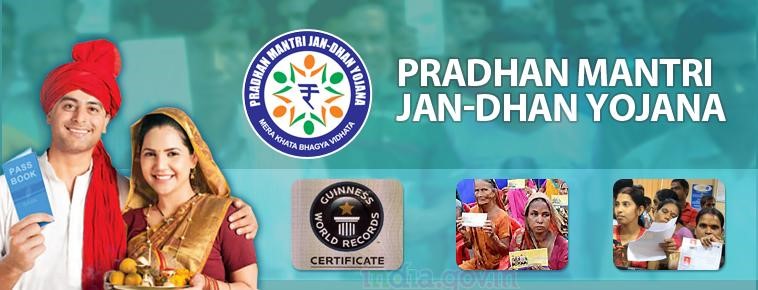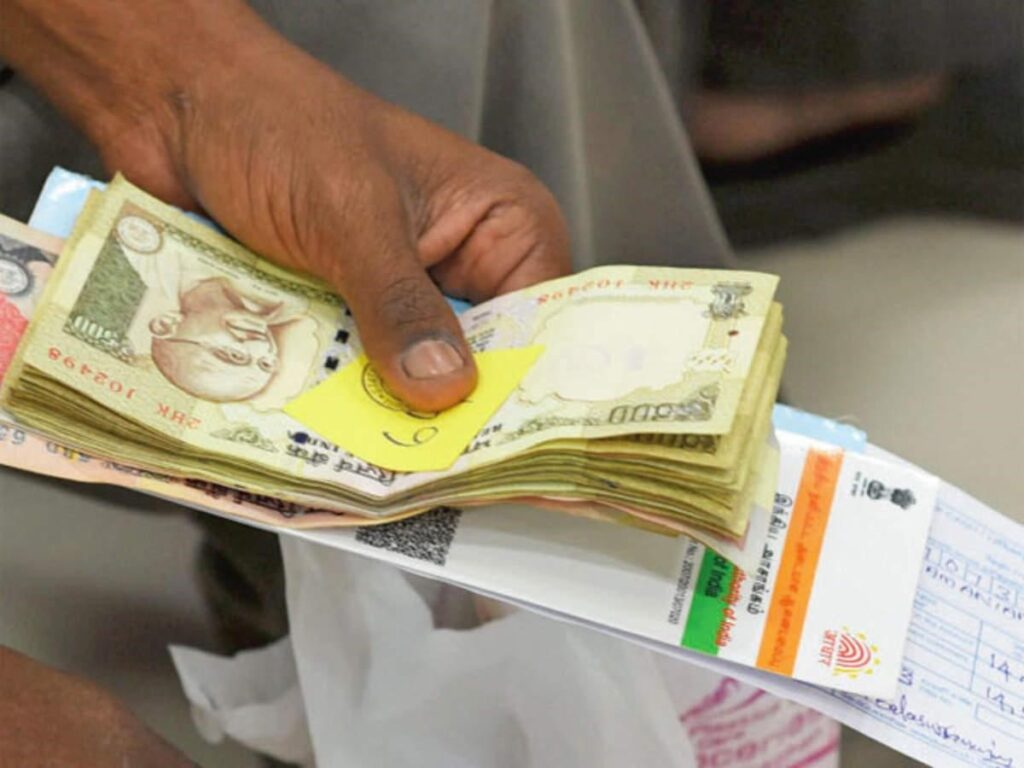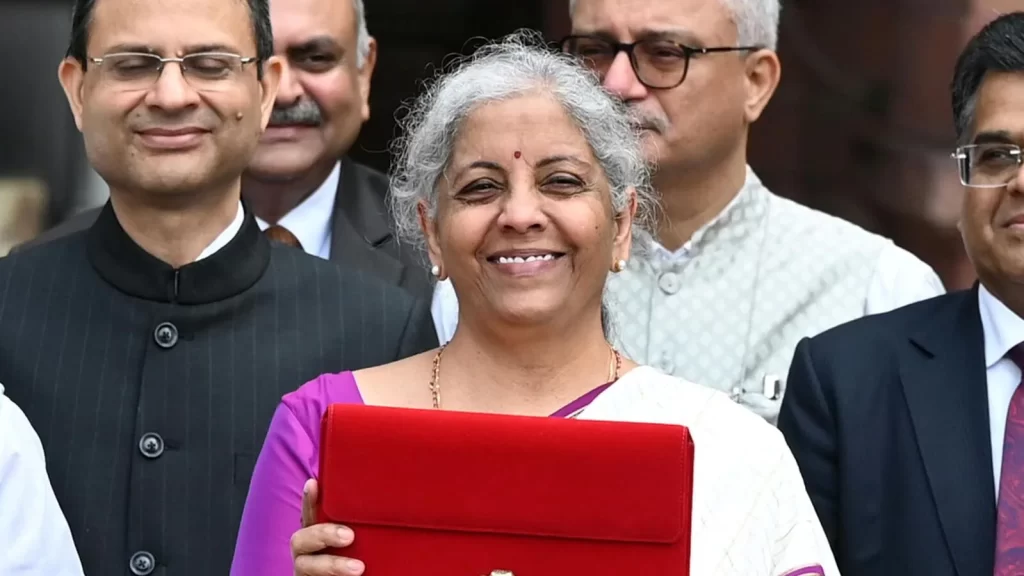INTRODUCTION
Financial inclusion is undoubtedly a matter of critical importance to India. With one of the largest informal sectors in the world, a rapidly growing population, and reports of increasing inequality across social classes, immediate and radical action concerning the inclusion of unbanked sectors of India into the mainstream economy is paramount to its transition into a developed country. This is because due to rising inflation and higher standard of living, especially in urban areas, households require greater ease of access to credit lines like loans and insurance. Financial inclusion also means having reasonable interest rates that the poor can afford.
The Government of India has recognized this need for better inclusion, and this was obvious from the key takeaways from the Union Budget 2022. Increased focus on micro-inclusive welfare, digitalization, and fintech all make good groundwork for inclusive development. The government in fact sees financial inclusion as an avenue for the poor to bring their savings into the formal financial system, and to save more money and build a credit history, enabling them to take bigger loans, and help their families, besides taking them out of the clutches of traditional money lending services, which are observed to be highly exploitative, taking advantage of the illiterate and uneducated.
It is an observable phenomenon that digitalization has sped up financial inclusion by a large margin. According to the World Bank’s Global Findex Report (2017), 80% of Indian adults have a bank account, nearly 27 points higher than the 53% estimated in the Findex 2014 report. While this shows a promising future, we need to closely evaluate the events in the last decade of the Indian economy to identify the key factors of digitalization of the Indian financial system, and properly determine if the financial inclusion that ensued is actually beneficial to the nation.

DIGITALIZATION OF FINANCE
Digitalization of finance is not a recent phenomenon but can be traced to the LPG (Liberalization, Privatization, and Globalization) reforms following the Balance of Payments Crisis in the 1990s. The computerization of banking and stock markets gained pace with the entry of foreign banks into the Indian market leading to the digitalization of the economy and massive improvements in the services provided by the general public sector banks to the purchasers. By 2000, the government provided legal recognition to electronic transactions and other means of electronic commerce. UPI was a game-changer in the sense that it enabled fast, real-time financial transactions via the internet and mobile phones, and in the context of demonetization, enjoyed widespread adoption, starting from 2016. All of this comes as no surprise as the government is actively pushing for a ‘Digital India’ in hopes of raising the standard of living in India.
FINANCIAL INCLUSION
The essence of effective financial inclusion is the delivery of essential financial services to every household in the nation, which include bank accounts, insurance, credit loans at affordable rates, advisory services, etc. It helps to create savings in the population, leading to higher investments and more money flow in the economy, leading to economic development. Under the Pradhan Mantri Jan Dhan Yojana (PMJDY) scheme, several million accounts were opened for Indian citizens and these accounts have been the main channel of government beneficiary programs since then, through the Direct Benefit Transfer (DBT) system.
In addition to this, several other national and state-based schemes have come up with the intention of increasing financial inclusion. Economically weaker sections of the society, including historically marginalized groups, were given additional benefits. Female financial inclusion was given a push like never before – with huge incentives to SHGs (Self Help Groups) and female entrepreneurs. The central bank of India, RBI, too has now adopted a bank-led model for achieving financial inclusion and worked to actively remove unnecessary regulations to achieve greater financial inclusion in the country. It has created a conducive regulatory environment and has provided institutional support for banks in accelerating their financial inclusion efforts.
To achieve such rapid-scale initiatives, the government relied heavily on technological advancements in mobile banking and digital finance, with the help of digital payment systems playing no small role in heralding the huge inclusion initiatives of the government.

ROLE OF DIGITAL PAYMENT SYSTEMS
Several studies – both abroad and in India – have highlighted the central role of digital payment systems and fintech companies like PayTm, PhonePe, etc. in the financial inclusion of the nation. The Unified Payments Interface (UPI), launched in April 2016, has been a major factor in the rapid growth of digital payments in India. UPI began to gain traction towards the end of 2017, and by September 2018, UPI overtook debit cards and pre-paid instruments in terms of the monthly volume of transactions passing through the platform. UPI’s popularity can be attributed to three key factors: –
1.) Availability of existing technology and easy access to smart mobiles: Smartphones began targeting low-income households by this time, and the entry of telecom companies like Jio played a massive role in it. People began to use UPI for much smaller transactions and retail purchases, moving away from the usual higher value P2P payments, signifying widespread acceptance.
2.) Demonetization triggered a temporary scare in customers that initiated widespread adoption of mobile wallets by consumers and retailers.
3.)The advent of the Goods and Sales Tax (GST) regularized UPI transactions and hugely improved the coverage of the finances of ordinary businesses into the mainstream economy. GST may have been a significant driver of long-term growth since it brought many more businesses into the formal digital economy.

RURAL INCLUSION
There are several reasons why the poor and rural population remain financially excluded- traditional social structure, over-reliance on local moneylenders, lack of savings, and the ever-increasing cost of living. Noting this, RBI has mandated banks to have increased rural exposure to increase financial inclusion. But the fact remains that there is a digital divide in India. The growth of smartphone usage and mobile wallets is mostly observed in urban settings- the rural populations, especially in the North and North-East of India remain financially excluded to this day. It can be observed that the push for ‘Digital India’ did not revolutionize agriculture and other rural industries.
CONCLUSION- MAJOR HURDLES
Financial inclusion should always be accompanied by proper financial education and financial stability too; otherwise, we will have a nation that simply spends too much and will eventually cripple in debt, both in the context of public economy and personal finances. Financial inclusion brings in more people whereas financial education gives awareness to them. There is an observable lack of awareness among consumers, with more and more people defaulting on their payments and loans. The recent episode of Buy-Now-Pay-Later (BNPL) cards and its subsequent ban by the RBI also serves as a reminder.

Also, there are huge concerns with the humongous amount of private financial data of Indian citizens that is being handled by banks, digital payments, and even the government. There is always a potential for the data to be misused. There are also growing concerns about the authentication of data in the digital world. The lack of regulations on e-banks in India leaves them in a grey area of sorts and when considering the penetration of these services into the everyday financial transactions of an ordinary Indian, it is high time to approach the issue of pushing for financial inclusion and digitalization in a far more cautious manner.
Written by: Alan Joseph Benny
Edited by: Madiha Tariq




